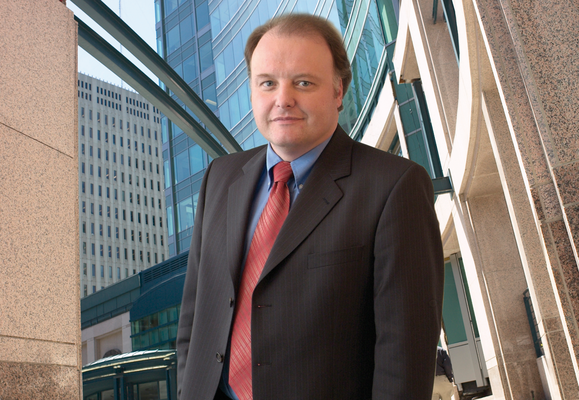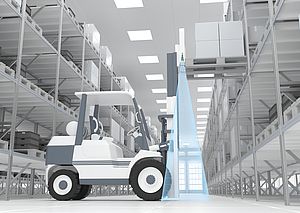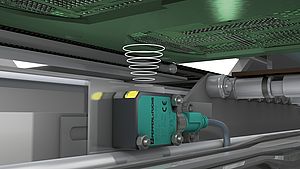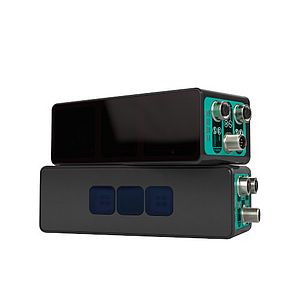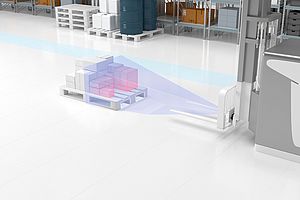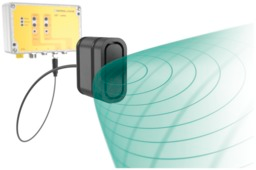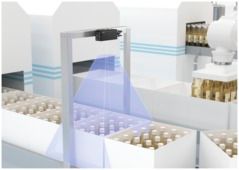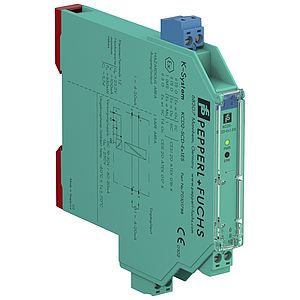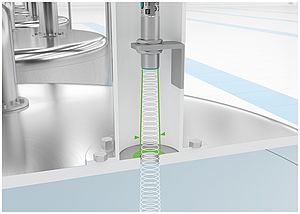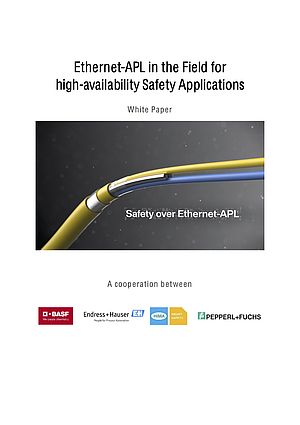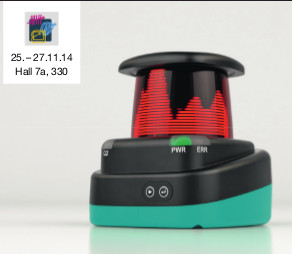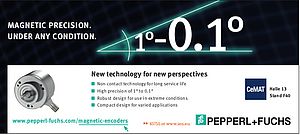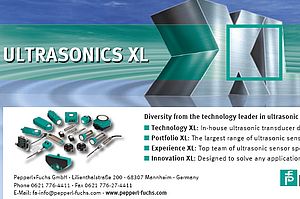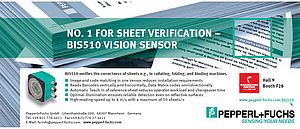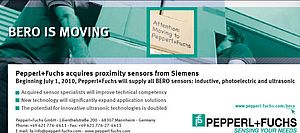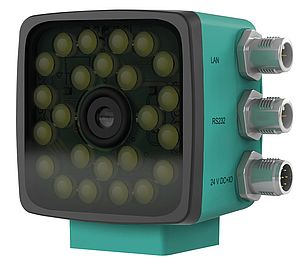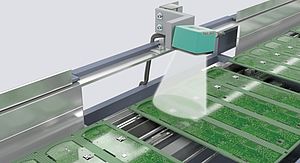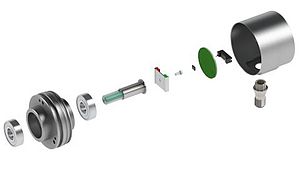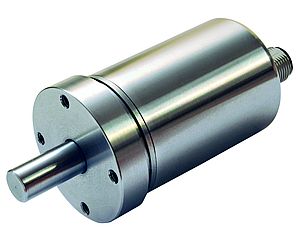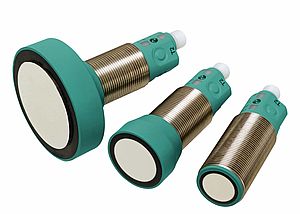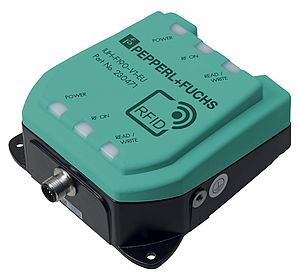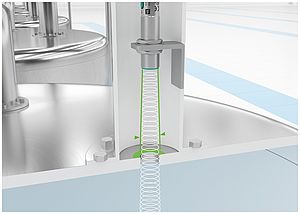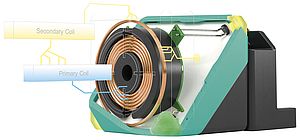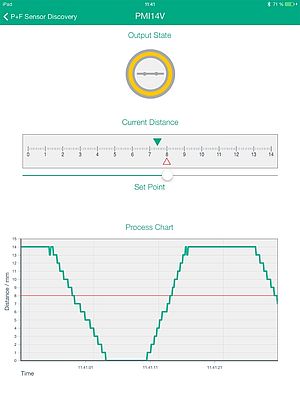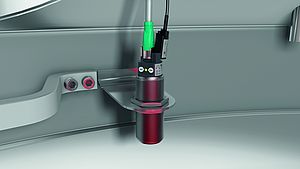IEN: Dr. Kegel, Pepperl+Fuchs divides its business units into a process and a factory automation division. How is the company’s revenue divided among those two business units?
Kegel: In the past year, the revenues in those two business units were almost identical. Presently, factory automation is performing clearly stronger than process automation.
IEN: Economically, 2009 was a very difficult year. Which business unit proved to be more solid during the crisis?
Kegel: The crisis hit process automation six to nine months later, and the decrease in revenue was by far less compared to factory automation.
IEN: How are the current sales for Pepperl+Fuchs, and which markets are the most promising ones?
Kegel: The fiscal year 2010 has been developing much better than expected. Currently, we are experiencing monthly incoming orders and revenues that are even higher than the average figures of 2008. For the total year of 2010, we expect revenues that will equal those of 2008. In this respect, the economic upswing is much earlier and more significant in factory than in process automation
IEN: How important is the European market for your company?
Kegel: The European market still accounts for almost 60 % of our revenue. And due to the comparatively high number of customers that are internationally leading players within their branches – e.g. in the automotive or chemical industry -, as well as the enormous cost pressure especially coming from the Western European industrial countries, the demand for innovations is extremely high in that region.
IEN: There are several industries - like, for example, the food, beverage or the pharmaceutical industry - where solutions from both the process and the factory automation world are involved in the production process. How do the two of your business units cooperate if a customer would like to install an all-encompassing solution from Pepperl+Fuchs, since it might be in the customer’s interest to have only one single contact person in you company?
Kegel: Our sensors from the factory automation division and the explosion-proof products from the process automation portfolio can only rarely be combined to a complete system that is beneficial to the customer. As a matter of fact, it is less the system integration that is hampered by the separation of the two business units. Those customers that rely on products from both of our business units very often use the devices for a variety of different applications, and thus set great value in communicating with experts from both divisions. If at all, the situation is more complicated for the purchasing or the procurement department, where indeed a “one-face-to-the-customers” concept is appreciated. Here, the stronger business unit in the respective case takes the lead.
IEN: Do you have comprehensive task forces regarding the aforementioned industrial branches at Pepperl+Fuchs?
Kegel: Yes, globally active key accounts are attended by so-called ‘Global Account Managers’, and for clearly defined industrial branches we also have our specialists that we call ‘Global Industry Managers’.
IEN: At the beginning of the year, you acquired the proximity switches division from Siemens. What do those proximity switches have that the Pepperl+Fuchs sensors didn’t have?
Kegel: Obviously, Siemens with its proximity switch portfolio had succeeded in reaching customers that Pepperl+Fuchs hadn’t been able to reach. In addition, there are a lot of sensor types that add to our product portfolio and that are not overlapping. Within the new staff, there is a lot of professional expertise and talent that we would like to integrate into the Pepperl+Fuchs group.
IEN: Where do you see the benefits for the customers in this acquisition, and which impetus will it have on the further development of the product portfolio?
Kegel: The customers are now attended by a medium-sized sensor specialist, and we have the chance to develop new demands and potential for innovation in close cooperation with our customers. Within the ultrasonic sensors segment, we double our revenue as well as our R & D department, and thus have a solid economic basis to develop much broader strategies for innovations.
IEN: With your subsidiary VMT Bildverarbeitungssysteme, you are also active in the field of industrial vision systems. How important is this business unit for Pepperl+Fuchs, and how much does it contribute to the overall revenue?
Kegel: Our subsidiary VMT has three major tasks within the group: one is that VMT is our system house, which offers complete automation solutions to customers, including development, installation and initial operation services. Secondly, the focus on vision systems within VMT helps us to link the brand name Pepperl+Fuchs more strongly to innovations in the field of optoelectronics. The most important aspect, however, is the flow of information regarding interesting applications, that today are solved with vision systems, but that might be solved with less complex vision sensors in the near future.
IEN: Even though the importance of print has been and still is decreasing, you are engaging in the field of sheet verification with the acquisition of the Swiss company Optigraf. Why is this a worthwhile investment for Pepperl+Fuchs?
Kegel: Unlike the common public opinion, we think that the importance of the print and paper sector will increase in the future. It is true that the internet has taken over part of the information supply that was formerly covered by newspapers and magazines. On the other hand, the internet has paved the way for other print products, for which the photo book is only one example. The requirements for printing machines and associated systems, however, will change significantly. The print products of the future will be more variable and often more individually designed, plus the respective print runs will be smaller. From our point of view, the demand for sensors in those machines and systems will increase. And those sheet verification applications are exactly what we are aiming at with our innovations, and with the acquisition of the Optigraf systems.
IEN: Regarding sensor technology, what are the mega topics in the near future?
Kegel: One major topic is certainly the integration of more complex sensor systems into superior control systems. There is still a lot of work to do until we have reached a real “plug & play” status here. For less complex sensors, the challenge certainly is to adapt more easily to customer-specific demands. In general one can say that all sensor technologies – no matter if optical, inductive or ultrasonic – still have a tremendous potential for innovation regarding new phenomena, principles and evaluations. The most obvious sector in this respect is optoelectronics, where, from our point of view, not even 10 % of the potential has been tapped.
IEN: Dr. Kegel, thank you very much for the interview.
Facts & Figures
Founded: 1945
Employees: 3,700 worldwide
Headquarters: Mannheim, Germany
More than 30 subsidiaries worldwide with production facilities in Germany, USA, Singapore, Hungary, China, and India
Sales 2009: 300 million Euro
Main Products: - Components for Factory Automation: the sensor types inductive, capacitive, ultrasonic, photoelectric, rotary encoders, identifications systems, barcodes, data-matrix-codes, vision sensors
- Components for Process Automation: interface modules, remote I/O systems, fieldbus infrastructure techniques completed by based around enclosures in the increased safety, intrinsic safety and flameproof protecting classes with approvals for the integration of a wide range of electrical apparatus, level control devices, Ex-operating terminal systems, Ex-IPCs, seminars teachware


